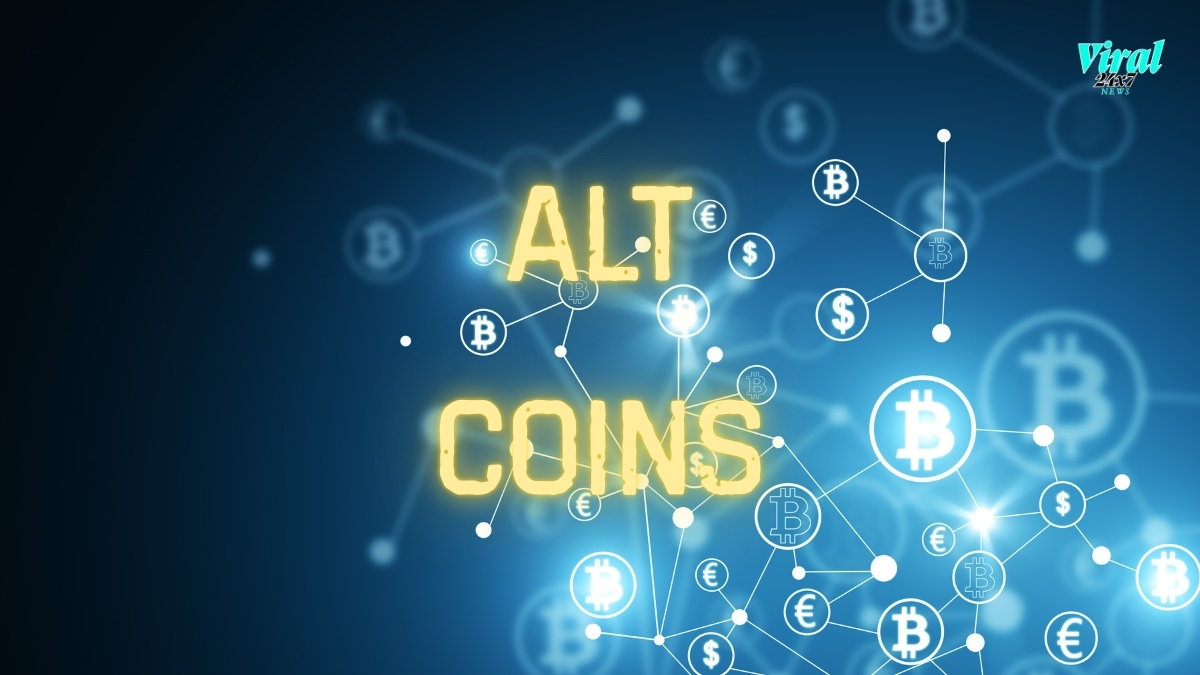Understand the Concept of Altcoins, Their Role and How They Differ From Major Cryptocurrencies

- In the always-expanding universe of digital currencies, there’s something beyond Bitcoin. Altcoins, a different cluster of computerized monetary standards, have emerged as critical players in the digital currency market.
- To explore this powerful scene, it’s fundamental to accept the idea of altcoins, perceive their jobs inside the market, and recognize how they differ from significant digital currencies like Bitcoin.
The expression “altcoin” comes from the mix of “option” and “coin.” Basically, it includes all digital currencies other than Bitcoin. While Bitcoin spearheaded the idea of advanced cash, altcoins have ascended as options, each with its own special credits, elements, and purposes. They plan to address the impediments to Bitcoin and investigate new use cases and potential outcomes.
The Job of Altcoins in the Digital Money Market
Altcoins play diverse and significant roles in the cryptocurrency market:
- Innovation and Advancement: Altcoins act as platforms for technological experimentation and innovation. They offer developers the chance to experiment with novel concepts, consensus mechanisms, and use cases beyond what Bitcoin initially introduced.
- Specialized Use Cases: Different altcoins take care of explicit use cases and enterprises. Ethereum, for instance, presented the idea of brilliant agreements, empowering engineers to assemble decentralized applications on its blockchain. Swell (XRP) centers around working with quick and minimal-expense cross-line exchanges.
- Market Diversity: The presence of altcoins ensures a diverse cryptocurrency market. This diversity gives investors various options for diversification, minimizing the risks associated with relying solely on one cryptocurrency’s performance.
- Competitive Evolution: The presence of altcoins introduces competition among projects. This competition drives developers to continuously improve their offerings, leading to the evolution and refinement of the entire cryptocurrency ecosystem.
Differences Between Altcoins and Major Cryptocurrencies
Altcoins and major cryptocurrencies share similarities, but they also exhibit distinct characteristics:
- Purpose and Features: Major cryptocurrencies like Bitcoin were initially designed for peer-to-peer digital transactions and as stores of value. Altcoins often extend these functionalities with additional features, such as privacy enhancements, programmability, or tailored use cases.
- Market Capitalization: Major cryptocurrencies, particularly Bitcoin, hold the largest market capitalization. Altcoins collectively comprise the remaining market capitalization. Ethereum, with its pioneering smart contract capabilities, is a notable altcoin.
- Consensus Mechanisms: Altcoins might utilize different agreement systems compared with significant digital forms of money. Bitcoin depends on Verification of Work (PoW), while altcoins may use choices like Confirmation of Stake (PoS) or Appointed Evidence of Stake (DPoS) to effectively accomplish the agreement.
- Acknowledgment and Reception: Significant cryptographic forms of money, particularly Bitcoin, appreciate more prominent acknowledgment and reception compared with most altcoins. They have set up a good foundation for themselves as additional broadly acknowledged and perceived types of computerized resources.
Conclusion
The universe of altcoins advances the digital money scene, offering choices and developments beyond those of Bitcoin. While Bitcoin remains the foundation, altcoins give stages to trial and error, broadening, and concentrated use cases. Understanding the jobs and contrasts between altcoins and significant digital currencies is urgent for financial backers, fans, and members of the cryptographic money market. As the crypto environment keeps on advancing, the connections between these two classifications will keep molding the eventual fate of computerized finance.







